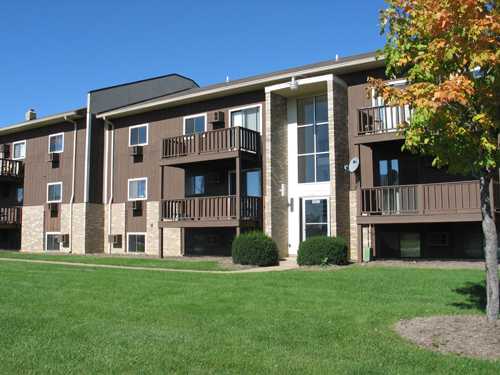
by Gagner | Aug 8, 2015 | Commercial Real estate investing, Uncategorized
Financing Commercial Properties In part 4 of our commercial real estate series, we reviewed the basics on how to analyze deals, and now we will discuss how to structure financing. To create a credible offer, you must have a financial plan in place and be ready to articulate that to the seller. In today’s hyper competitive real estate environment, the strongest offer is often the one that has the best financing plan. We recommend you get the financing question figured out before writing any LOI’s. Commercial properties (including multi-family) are typically financed with commercial loans. The exception is multi-family 2-4 unit properties, which can be financed with conventional personal financing (30 year fixed mortgages). Commercial loans are typically shorter terms with balloon payments and pre-payment penalties. A lender that is providing a commercial loan looks to both the performance of the asset itself and the borrower’s credentials (ie net worth, liquidity, and experience). We’ll discuss that in detail below. In most cases, we recommend using a loan broker to obtain the best financing options. A well-positioned broker can help you navigate the many available financing options and overcome the obstacles that are often present in commercial deals. Just like finding other team members, the best way to find a competent broker is to ask other experienced investors for referrals. The next step is to interview these brokers and make a determination which one is the best fit for you and your situation. Once you have selected a broker, they will tell you exactly what is needed to obtain a successful loan. In considering how to structure a deal, the...
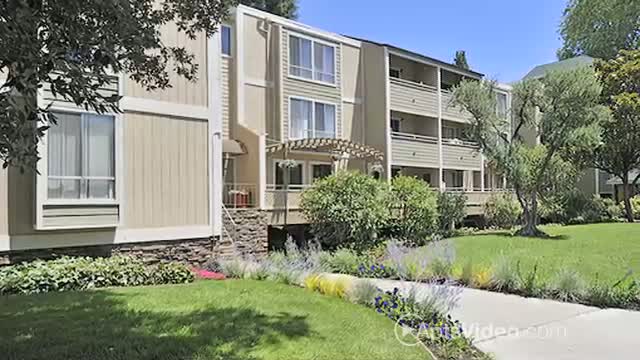
by Gagner | Jul 6, 2015 | Commercial Real estate investing
Analyzing commercial properties If you have been following our series and taking action, there should be a consistent flow of property deals now coming across your desk. In this part 4 of our commercial real estate series, we will share how to analyze these properties you are finding. The key is to become efficient and effective at quickly screening the good deals from the bad ones AND looking for clues that provide an opportunity to add value. In some respects, this is a numbers game, and there will be many more bad deals than good ones coming your way. Last, the more deals you analyze, the better and faster you will get at screening them. So let’s jump in. At the heart of it, any multi-family or commercial property should be viewed as a business. There is income generated from rents, as well as expenses that you will have for managing and maintaining the property. What is left over after your expenses represents the net operating income. To compare “similar” properties, we look at their cap rates (capitalization rates), which are basically the unleveraged yields the properties provide relative to their values. Simply put, the value of a property is equal to the net operating income (ie gross income, less expenses) divided by the cap rate. Net operating income is generally provided in the property packages you receive from brokers. The cap rate that will define whether a deal is worth pursuing further is based on many factors, including property type, quality/age (A,B,C,D) and location. Let’s dig in deeper. When you look at a property’s income statement, you will...
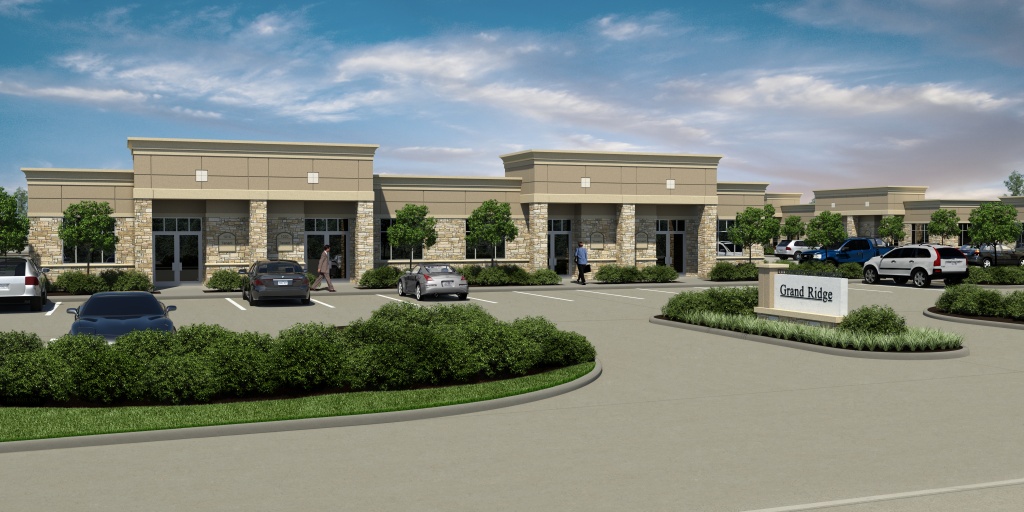
by Gagner | Jun 29, 2015 | Commercial Real estate investing, Multi-Family Investments
Selecting locations for commercial real estate investments Recently I realized that I mistakenly skipped posting part 2 of our commercial real estate series. My apologies and here it is….. In part 2 of our commercial real estate series, we will outline how to analyze and select specific areas to invest and ways to actually find the best properties in any location. Although this is an article on commercial real estate, most of these principles apply to any type of real estate investments (including single family homes). Paying close attention to the old adage “location, location, location” is one of the best ways to protect your asset’s value, take advantage of market appreciation and maximize cash flow. Those investors who only feel comfortable buying in their own backyard may be missing some of the best opportunities to grow their wealth quickly. So let’s take a look at how to analyze where to invest. There are five major factors that an investor should consider when selecting a particular area. They are: 1. population growth 2. employment growth 3. strong rent rates vs low purchase prices 4. business friendly environments (taxes, regulations, landlord laws) 5.high barrier to entry. As a note, 1-2% annual employment and job growth would indicate strong appreciation potential. Of course, it is difficult to meet all 5 of these criteria in any one location, so it makes sense to look at your resources, investment horizon and criteria in order to pick the best locations. Some areas will be better for cash flow (ie high rents vs lower price points), while others will be better for long-term appreciation (ie...

by Gagner | Jun 22, 2015 | Residential Wholesaling and Flipping
On Wednesday, June 17, I was fortunate enough to join two other real estate entrepreneurs on a “panel of experts”, which took place at the San Jose Real Estate Networking Club’s June meeting. The panel was made up of Pierre Malik (licensed real estate agent with CSR Real Estate Services), John Paiva (President of Charity Rehabbers) and myself (President of Bridge Equity Group). This was an opportunity for the 60 people in the audience to ask any questions of the panel, and we were there to provide expert real estate advice. We fielded a variety of questions over the course of the evening, from how we find deals to wealth building investment strategies. The entire panel discussion was recorded, and is here for you to enjoy!...
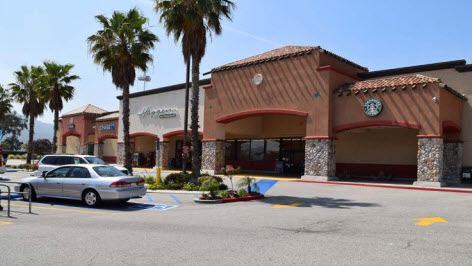
by Gagner | Jun 14, 2015 | Commercial Real estate investing, Finding deals, Multi-Family Investments
Commercial Real Estate investing basics – Part 3 In part 3 of our commercial real estate series, we will continue from where we left off last issue, by sharing strategies on how to find deals in the specific markets you have selected. Just as the principles for picking the right markets are similar across all types of real estate, so are the concepts for finding deals. This topic can be boiled down to the following: your success in finding real estate deals depends on how well you cultivate relationships with an effective network of professionals. The majority of this article will focus on the people that can help you find the best deals and how to find those people in any market If you are new to a market, you will need to make substantial effort to develop rapport with all types of professionals, including commercial RE brokers, property managers, appraisers, RE attorneys and property inspectors. But Before you pick up the phone to start making calls, develop a clear picture on what you are trying to buy. You should have a general idea about the type of propoerty (discussed in part 1), how much money you have to invest, property class (A,B,C,D), cap rate and the strategy you are looking to deploy (ie reposition, value-add, momentum play, etc). Sites like www.loopnet.com and www.showcase.com can give you an idea about prices and cap rates within a given market for specific property types and classes. Once you have a general idea about your buy criteria, use the same sites referenced above to identify some of the active listing brokers in...

by Gagner | Jun 8, 2015 | Finding deals, Uncategorized
Finding Fix and Flip opportunities A few years back, it was pretty easy and profitable to do “cosmetic” fix and flips, but due to rising prices and “seller” markets, this is no longer the case in most areas. That means successful developers must find other strategies for creating value in their real estate business. We think one of the best ways to “add value” is to develop a strong sense of where the right amenities can be added to a property. In this article, we will discuss ideas that have worked well for us. The most common ways to add value are to create spaces that were not previously in the house (at least not on the tax records). We have found ways to create master bedrooms by finding adjacent spaces to a room that we could then use as a master bathroom. An unnecessary alcove in a kitchen allowed us to do just that in one remodel. In our Victorian project, we used a large storage space behind a wall to create an upstairs bathroom. Our Victorian was also a project where we took a downstairs basement and converted it to a bedroom. In another project, we are reconfiguring an unpermitted space to add a master bedroom/bath and a 1/2 bath (we have to move the existing bathroom to do it). The point is that you should get creative when walking properties, so that you can pick up on these value add ideas that others might miss. Sometimes the best way to find these spaces described above is to look for them in houses that have bad layouts. Bad layouts...

by Gagner | May 27, 2015 | Remodel finish ideas
Finishing ideas for home remodels As a remodel project moves toward completion, there are lots of small decisions to be made which can have a big impact on its success. For our current Berkeley Victorian home, we are making decisions on everything from paint colors, cabinet handles/knobs, mirrors, lighting and landscaping, to name a few. This is where you can really make the property pop and add the so-called “sizzle”. It is also where it is worthwhile to get professional help and opinions, unless you are (or aspire to be) an interior designer. I’ll share some basics about my formula for success. If you enjoy making design choices on your own, there are plenty of on-line resources to help you along the way. Two of my favorite “idea” websites are Houzz.com and Pinterest.com. Both sites have search engines, so you can really narrow down the description of what you are looking for (ie Victorian front doors). If you already have a good idea the style you are looking for, major sites for home products make it easy to browse for specific items, including Home Depot, Lowe’s, Amazon and Overstock.com. Often times it is a two-step process, starting with finding the style and then going to these individual stores to locate the specific products. For the Victorian, we went thru several iterations on exterior paint colors, since these homes are generally very colorful and leave a lot to the creative mind. The interior paint remains the same color as I have done on all my recent homes, since I love the color scheme, it’s easy to use over again and...
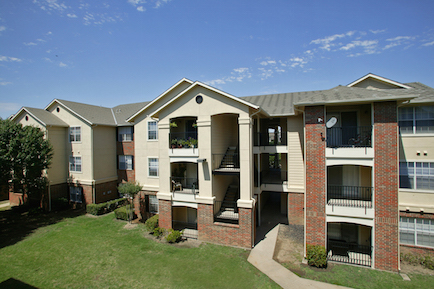
by Gagner | May 16, 2015 | Commercial Real estate investing
Commercial real estate investing basics (part 1) For most investors, the path to success in real estate begins in single-family homes. This is logical because of our familiarity with growing up in a home, as well as the “perception” that it requires less financial means to buy a home vs commercial asset. But spend much time around the most successful investors, and you will find that most participate in commercial real estate transactions at one level or another. The reasons to invest in commercial assets are many, but can be boiled down to these 2 basic factors: 1. the ability to scale and grow your wealth fast 2. strategic opportunities to significantly force appreciation over time. Due to the interest in this subject, we will do a 6 part series on commercial investing basics. The 1st step in commercial investing is to determine what type of asset class you will pursue. The general classifications are multifamily, office, retail, hospitality and industrial. Additionally, there are many niches and sub-classifications, such as student housing, mobile home parks, self-storage, etc. Each one has it’s own risk profile and generally does better (or worse) depending on where we are in the market cycle. So let’s talk about risks and market cycles…. As a rule of thumb, multifamily is generally regarded as the lowest risk investments because people “need a roof over their head” no matter where we are in the economic cycle. The same cannot necessarily be said for a retail store during a recession. If you look at the progression of commercial real estate values coming from the bottom of a market cycle,...
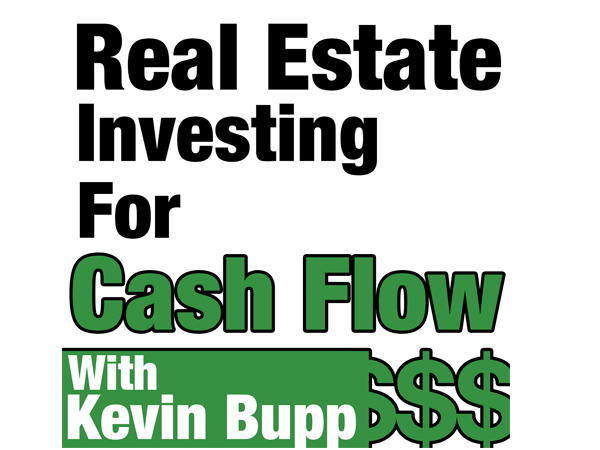
by Gagner | May 3, 2015 | Passive income
Kevin Bupp interview with Mark Gagner Recently I had the pleasure of being interviewed by Kevin Bupp, who hosts a nationally syndicated iTunes podcast called “Investing for Cash Flow”. There are a lot of real estate podcasts out there, most of which focus on fix and flips or wholesale, but Kevin Bupp believes there is a smarter way to build wealth. On the Real Estate Investing For Cashflow podcast, you’ll learn firsthand how the most successful commercial real estate investors in the world have learned to leverage their multifamily and commercial properties to create a steady stream of passive income. Enjoy my conversation with Kevin, as I share my story about creating passive income from active income…....
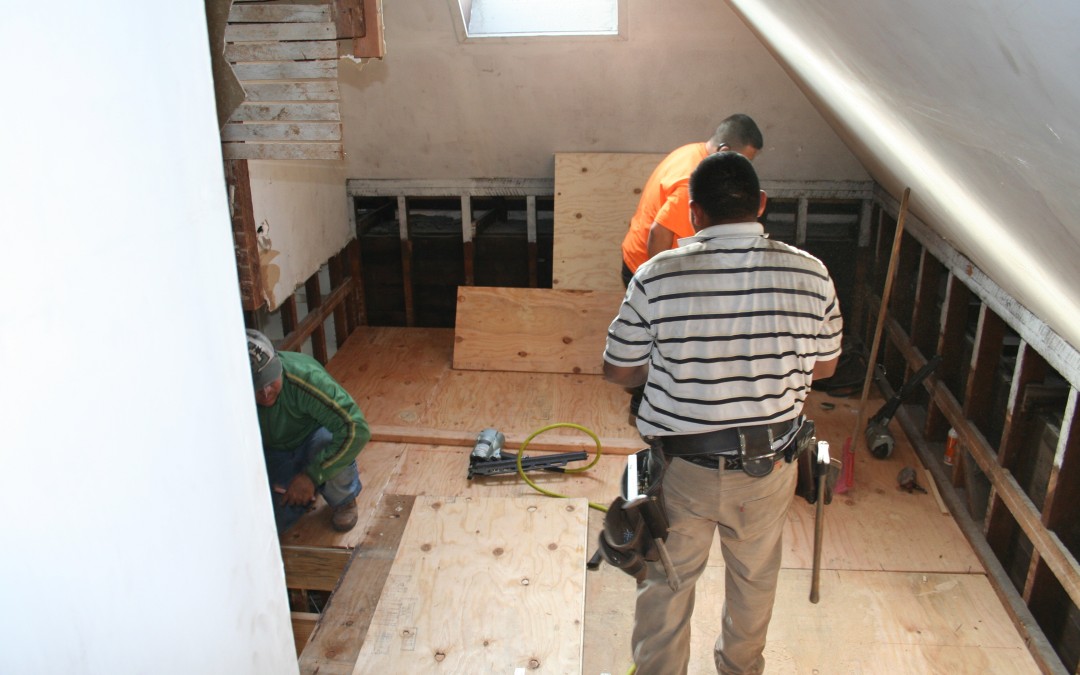
by Gagner | Apr 20, 2015 | Contractors
How to find good contractors Finding good contractors is not always easy. In fact, most rehabbers will tell you that it is one of the biggest ongoing challenges in their business. Even a contractor that starts out good may not perform so well after multiple jobs. In this article, we will explore various ways to go about meeting potential contractors for your rehab projects. In future articles we will talk about what questions and criteria should be used for selecting the very best ones. The most obvious way to find good contractors is to constantly be asking for references from anyone that might be knowledgeable about the subject. The best starting point is to ask the most successful active rehabbers in your market. I guarantee you they have many stories about the good, the bad and the ugly. Generally speaking, if you have helped these people in their business, they should be happy to share resources with you too. These people can be found at your local REIA’s, so make sure you are attending them regularly and effectively networking. Real estate agents and brokers are also a great source for contractor leads, particularly if they specialize in property types that might have a greater chance of needing work. I like to network with agents and brokers that have significant experience and track record with REO’s, short sales, distressed properties, probates and tax lien properties. Not only can they find you great deals in many cases, but they also know contractors from their time on the job. Insurance agents, property managers and title officers are all in the business and may have...















